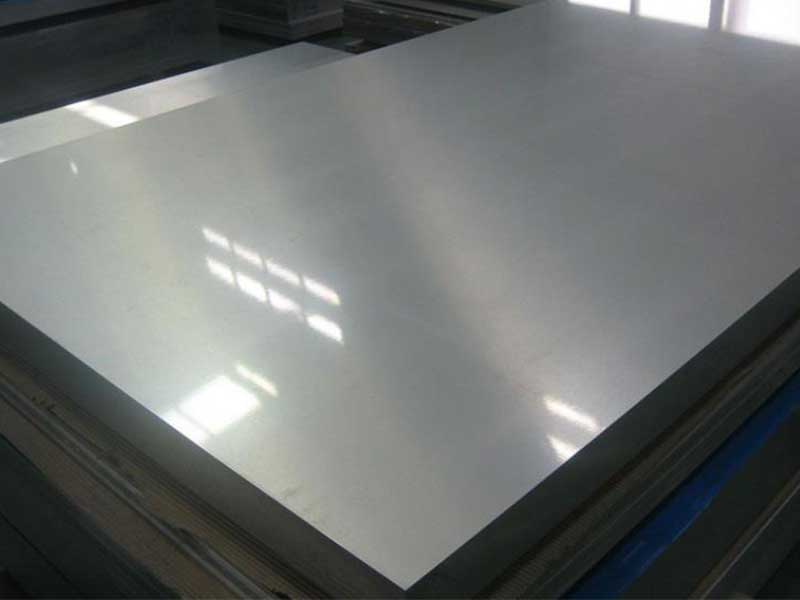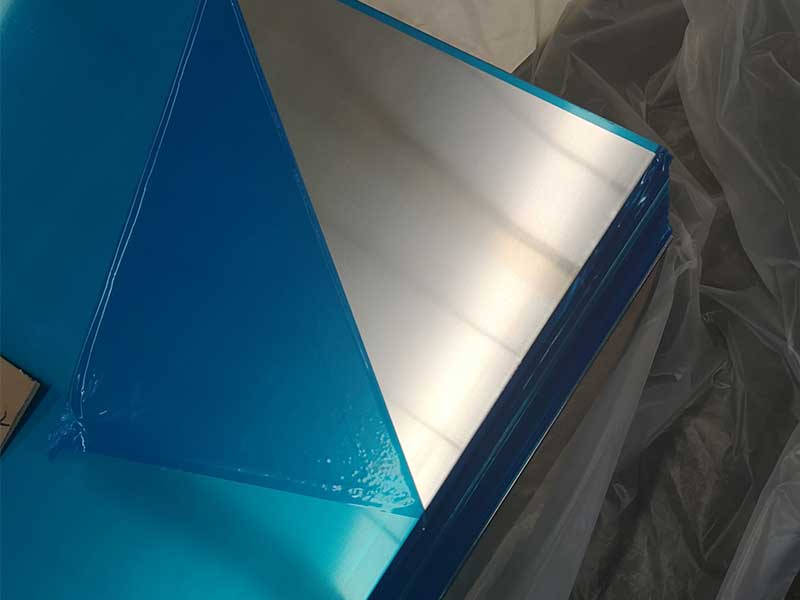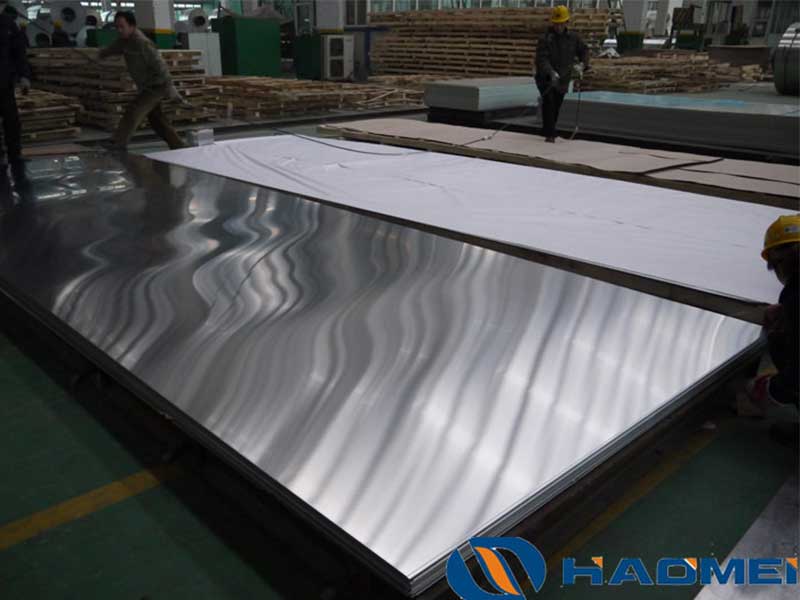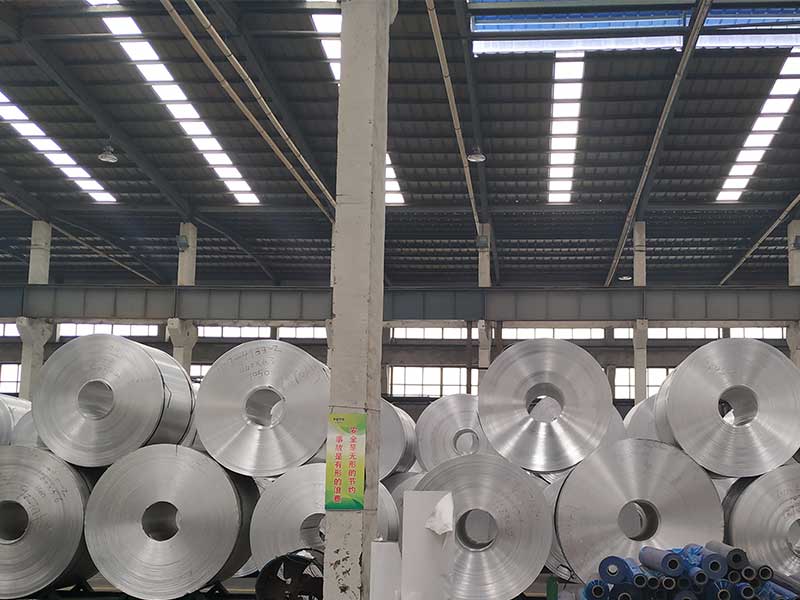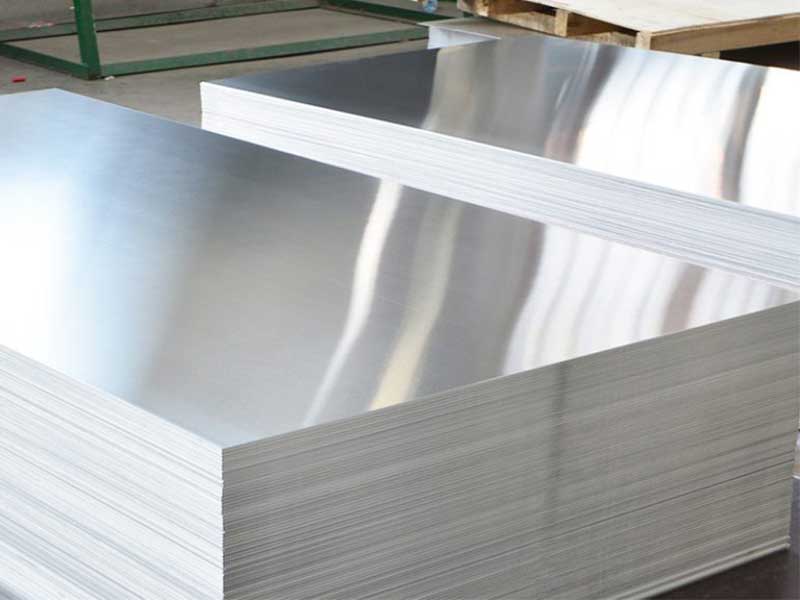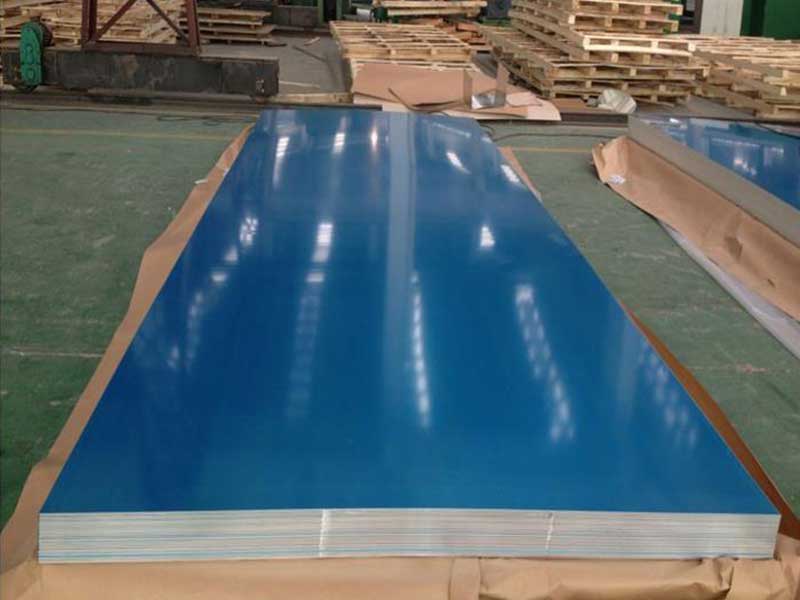Aluminum sheet 1050 1060 1070 1100 3003 3005
When examining the world of aluminum sheets, it’s easy to get lost in numbers and grades: 1050, 1060, 1070, 1100, 3003, 3005. These formless digits become meaningful only when we uncover the stories behind them—their unique characteristics, technical nuances, and the roles they play in enabling innovation across industries.
Purity Versus Strength: The Twin Axes of Aluminum Sheets
1xxx Series: The Elegance of Purity
Alloys 1050, 1060, 1070, and 1100 belong to the 1xxx series, marked principally by their exceptionally high aluminum content (minimum 99.0%+).
1050 and 1060 have to be seen as foundational blocks in knitting aluminum’s excellent conductor reputation — with >99.5% purity, 1060 leads to high electrical and thermal conductivity, making it the standard for electrical busbars, heat sinks, and decorative architectural interiors.
1070, pushing aluminum content even higher (~99.7%), acts as the near-pure embodiment, found where pristine surface brilliance and anti-corrosion leverage are critical, such as in chemical processing, containers, and foils.
1100 alloy stands apart by balancing purity with workability (~99% Al), making it a stalwart companion to fabricators producing cookware, receivers for exterior cladding, refrigerators, and signage, where a soft, highly formable, and corrosion-resistant metal reigns.
Distinctive viewpoint:While purity suggests softness and electrical tenure, it also challenges strength and thermal resistance, shaping the designer’s mind toward applications valuing formability and conductivity rather than structural heft. It incarnates a food-safe, corrosion-immune, ductile material every engineer appreciating metals transparency should consider.
3xxx Series: The Hardy Cocktail with Magnesium
The alloys 3003 and 3005 come from the 3xxx series brass of work-hardenable aluminum-manganese alloys.
3003, the jack-of-all-artisans, snuggly integrates about 1.2% manganese, boosting mechanical strength over the 1xxx series, and an ability to ornament more aggressive surface treatment like anodizing—the magic sought in roofing materials, gutters, siding, and cooking utensils.
3005, very close in nature but modified for superior corrosion resistance owing partially to its slight variation in alloy composition and mechanical profile, carries a reputation for architectural cladding, rain-carrying pipes, and decorative applications with increased durability.
Insight Beyond the Surface:Here’s where the “Man++ magical tuning” prime reality in industrial alloys manifests: instead of pursuing outright purity, the blend goes deeper into practical alloys, balancing strength and suitable weight/prevalence traits alongside ultimate environmental and outdoor exposures.
Technical Nuances in Rollability & Finishing
Another intriguing angle lays in their compatibility with standard industrial processes:
Working with 1050, 1060, 1070, and 1100 aluminum sheets daily, I've come to appreciate their remarkable softness and workability. These alloys are our workhorses, ideal for applications requiring deep drawing, bending, and spinning. The 1050, being the purest, is a dream to form, almost buttery in its malleability. However, its softness is a double-edged sword; it's susceptible to scratching and denting, requiring extra care during handling and shipping. The slightly harder 1060 and 1070 offer improved strength while retaining excellent formability, making them popular choices for a wider range of applications. We constantly adjust our production parameters – from rolling pressures to annealing cycles – to ensure consistent quality across these alloys, a process that demands meticulous attention to detail.
The 3003 and 3005 alloys represent a different beast entirely. While still relatively soft compared to some higher-strength aluminum alloys, their inclusion of manganese significantly boosts their strength and resistance to corrosion. This makes them ideal for situations demanding more robust performance, yet still allowing for a degree of formability. I've noticed that achieving consistent surface finish on these alloys during the rolling process can be more challenging, requiring precise control of lubricants and temperatures. We see a significant difference in the scrap rate between the 1xxx and
1xxx series sheets are supremely rollable, forming more product without penalty on cracking, lending themselves naturally to deep drawing processes and subtle etched finishing where lap joints in radiators or ultra-smooth rooftop installations might demand finesse.
On the other hand, 3xxx alloys hold their ground for excellent finish—the manganiferous content supports tighter strain hardening specific tonnage; they are often preferred where longevity crosses hammer-time in subtle linewidth space (VIP retail paneling, vehicle joyriding flat fenders).
Note: Thickness ceilings—factors frequently dictated by both application pressure requirements (a car hood versus a preserving foil) and detailed alloy warm or cold worked conditions—vary across these alloys.
Application Spectrum Intertwined With Alloy Properties
| Alloy | Purity (%) | Strength Level | Properties | Critical Applications |
|---|---|---|---|---|
| 1050 | 99.5 | Low | Excellent workability, corrosion resistant, excellent in high electrical and thermal conductivity | Electrical components, cooking and chemical utensils |
| 1060 | 99.6+ | Low | Exceptional conductivity, good ductility | Electrical contacts, foils, heat exchangers |
| 1070 | 99.7+ | Low | Absolute purity, chemical stability | Chemical processing equipment, storage containers |
| 1100 | 99.0 | Low | Higher tensile than 1xxx; excellent finishing and corrosion resistance | Kitchens, storage tanks, decorative panels |
| 3003 | ~97.0 | Medium | Incremented strength, corrosion resistant | Roofing sheets, cladding, automotive panels |
| 3005 | ~97.5 | Medium–High | Improved corrosion resistance, mechanical performance | Exterior metal building walls, decorative architectural paneling |
A Final Perspective: Choosing Beyond Spec, Into Symbiosis
In selecting aluminum sheets—be it 1050, the near-pure silken flow of 1070, the robust confidence of 3003, or the enduring finish of 3005—manufacturers best reflect a symbiosis between material behavior under process handicaps, desired tactile and surface properties, and strategic lifecycle demands. None is conclusively “superior,” but integrally complementary tools suited for thoughtfully guided environments, both subtle in art and serious in industry.
Hence, a material engineer or product developer guided by this viewpoint evolves not just aluminum parts but layered dialogues among structure, chemical harmony, surface ethics, and pragmatic form.
- The 1xxx series champions purity, malleability, and undeniable workability in soft research and conductor realms.
- The 3xxx series alloys trade purity for strength, emerging resilient shields under more grueling aesthetic-to-weathering reshaping.
their story coax engineers toward materials wisdom that reveals subtleties rather than just ticking a checklist—paving technological leaps bedecked in aluminum’s distinctive luster.
Explore your project’s unique call—and watch how layered aluminum sheet grades 1050, 1060, 1070, 1100, 3003, and 3005 begin speaking the language your success story demands.
https://www.al-alloy.com/a/aluminum-sheet-1050-1060-1070-1100-3003-3005.html


